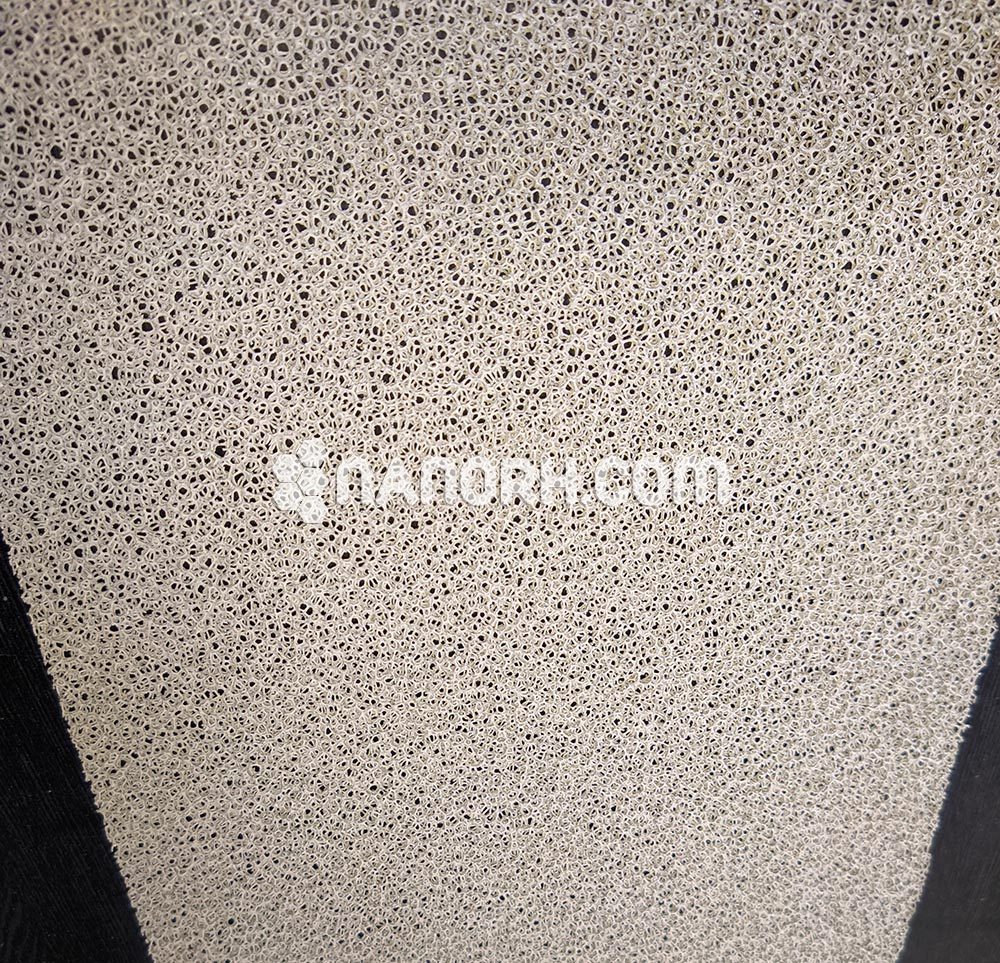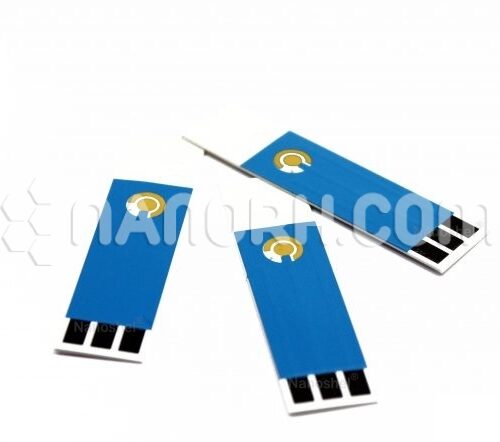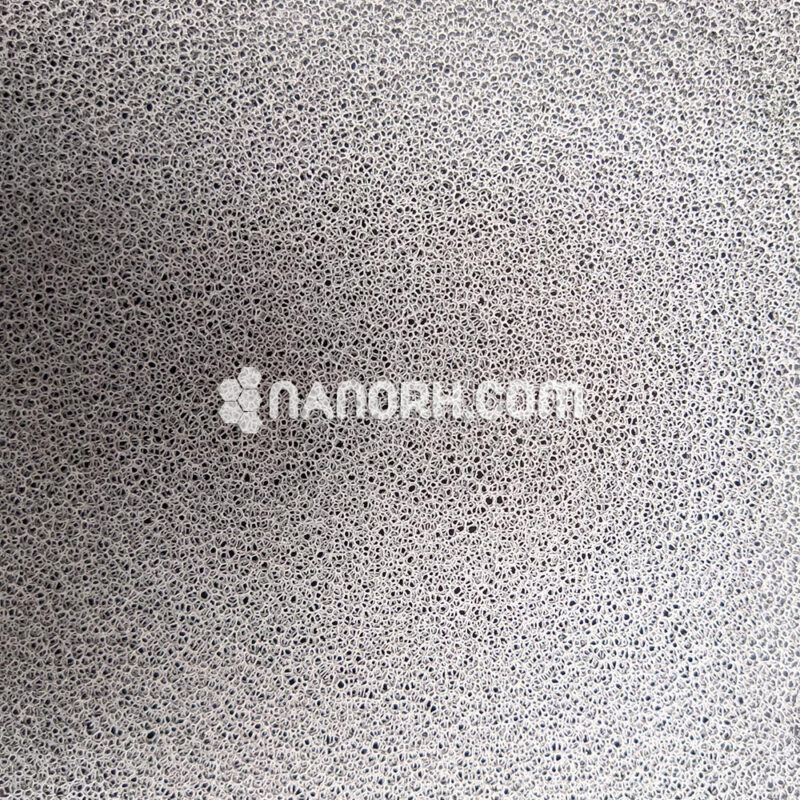Nickel Foam (Ni, Purity: 99.9%, Thickness: 3mm, 50PPI)
| Nickel Foam | |
| Product No | NRE-51012 |
| CAS | 7440-02-0 |
| PPI | 50 |
| Density | 8.9 g/mL |
| Purity | ≥99.9% |
| Width | 300mm |
| Porosity | ≥95% |
| Dimension | 500mm * 500mm |
| Thickness | 3mm |
| Melting Point | 1453 °C |
Nickel Foam
Nickel foam, a three-dimensional, porous structure made of nickel, has several applications due to its unique properties. Here are some notable applications of Ni foam:
Battery Electrodes:
Nickel foam is often used as a substrate for battery electrodes, especially in nickel-metal hydride (NiMH) and nickel-cadmium (NiCd) batteries. Its high surface area and porosity allow for efficient electrolyte penetration and improved battery performance.
Catalyst Supports:
The high surface area and open structure of Ni foam make it an ideal candidate for supporting catalysts in various chemical reactions. This is particularly important in industries such as petrochemicals, where catalysis plays a crucial role in processes like hydrogenation.
Energy Storage Devices:
Nickel foam is used in energy storage devices, such as supercapacitors. Its porous structure provides a large surface area for charge storage, making it suitable for applications requiring high power density and rapid charge-discharge cycles.
Electromagnetic Interference (EMI) Shielding:
Due to its conductive properties, Ni foam is employed in electromagnetic interference shielding applications. It can be used to create lightweight and effective shielding materials to protect electronic devices from unwanted electromagnetic radiation.
Heat Dissipation in Electronics:
Nickel foam is utilized for heat dissipation in electronic devices. Its porous structure allows for good heat transfer, making it suitable for applications like heat sinks in electronic components, ensuring efficient cooling.
Filters and Separators:
The porosity of Nickel foam makes it useful for filtration applications. It can be employed as a filter or separator in various industries, including air and gas filtration, as well as in liquid filtration processes.
Biomedical Applications:
In biomedical engineering, Ni foam can be used as a scaffold for tissue engineering due to its biocompatibility and porous structure. It provides a framework for cell growth and tissue regeneration.




